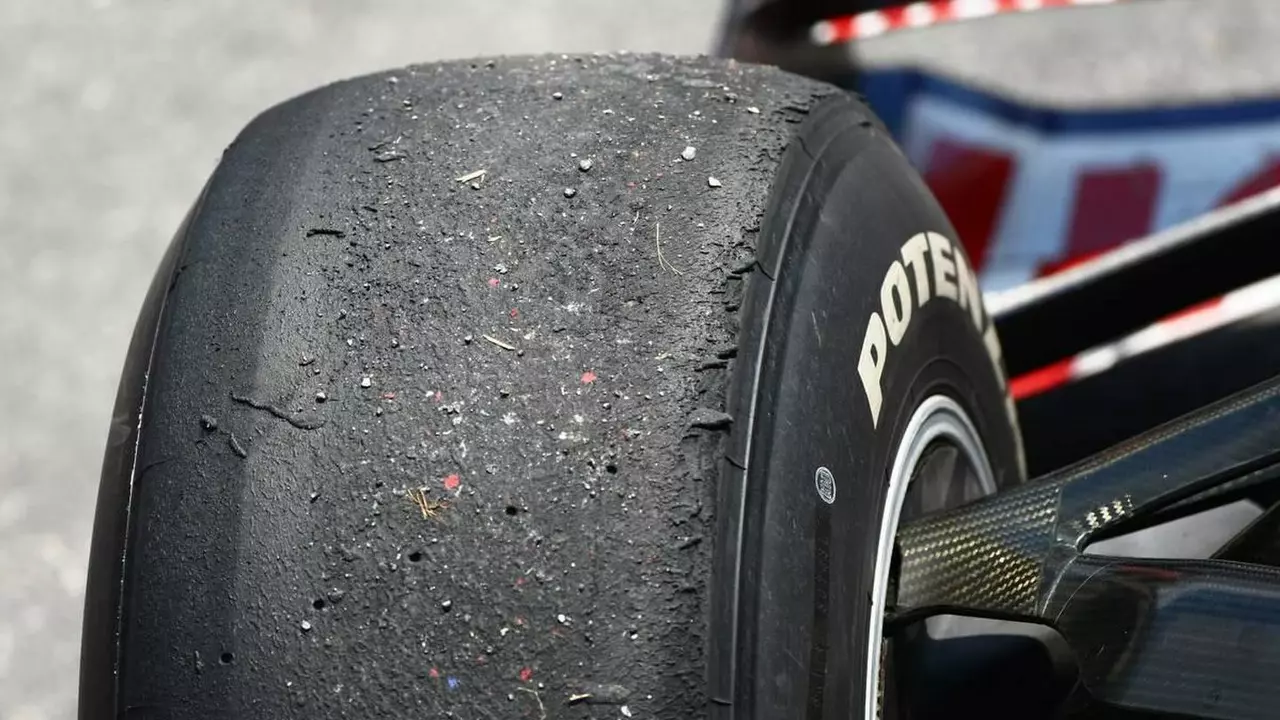Understanding the Basics of Race Car Tires
When it comes to race cars, there are many aspects that need careful consideration. Among these, the tires play a crucial role. They are the only part of the car that actually makes contact with the track, and hence, they directly influence the performance of the car. Tires must provide the right amount of grip, be durable enough to withstand high speeds and heat, and be light enough to not hinder the car's speed. Therefore, the question arises, why don't race cars use water-filled tires?
The Concept of Water-filled Tires
Water-filled tires are not a new concept. They are often used in agricultural or industrial settings for heavy machinery. The idea behind this is that the added weight offered by the water helps in improving the stability of these machines. However, when it comes to race cars, the dynamics change drastically. The requirements and conditions are entirely different, and thus, the use of water-filled tires doesn't quite fit in. Let's delve deeper into why this is the case.
The Weight Factor
Race cars are designed for speed, and for achieving high speeds, they need to be as lightweight as possible. Filling tires with water would add significant weight to the car, slowing it down. This is the opposite of what race car drivers want. They need their cars to be quick and agile, capable of taking sharp turns at high speeds. The extra weight from water-filled tires would compromise the performance of the car in these critical areas.
Heat and Pressure Issues
Another important factor is the heat and pressure that race car tires are subjected to. During a race, tires can reach extremely high temperatures due to the friction with the track. If tires were filled with water, the heat could cause the water to boil and turn into steam, increasing the pressure inside the tires. This could potentially lead to tire blowouts, which would be extremely dangerous at high speeds.
Handling and Control
The handling and control of a race car are paramount for a driver. Water-filled tires, due to their weight and fluid nature, could lead to unpredictable handling. The water inside the tires could slosh around during turns, causing imbalance and making the car harder to control. This could potentially lead to accidents, making water-filled tires a risky choice for race cars.
Wear and Tear
Water-filled tires also present a challenge in terms of wear and tear. The constant movement of water inside the tires could cause them to wear out faster. Moreover, water could potentially cause damage to the inner lining of the tires, shortening their lifespan. Considering the high costs associated with race car tires, this would not be a cost-effective solution.
The Role of Air in Tires
One might wonder, if not water, then why air? The use of air in tires is standard because it offers several advantages. Air is light, easy to control, and it provides a certain level of cushioning. Moreover, the pressure of the air inside the tires can be easily adjusted to suit different race conditions. Thus, despite the emergence of new technologies, air-filled tires remain the preferred choice for race cars.
Exploring Alternatives
While water-filled tires may not be suitable for race cars, it doesn't mean that the quest for the perfect tire stops there. Tire manufacturers are constantly researching and developing new technologies to improve the performance, safety, and durability of race car tires. Some are even exploring the use of nitrogen instead of air in tires, as nitrogen is less prone to heat and pressure changes.
Conclusion: Why Race Cars Don't Use Water-filled Tires
In conclusion, while water-filled tires might work well for heavy machinery in agricultural and industrial settings, they aren't suitable for the high-speed, high-pressure world of race car driving. They would add unnecessary weight, create unpredictable handling, and increase the risk of tire blowouts due to heat and pressure issues. The use of air in tires, on the other hand, offers the right balance of weight, control, and safety, making them the ideal choice for race cars.

